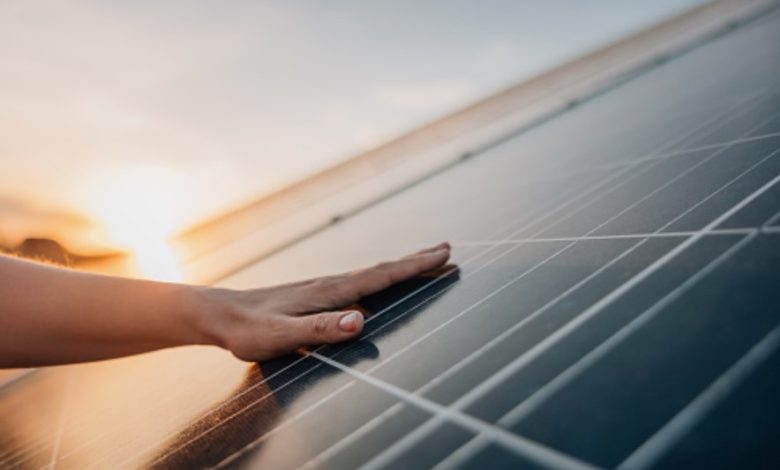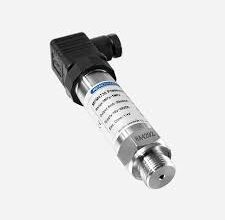
If you have ever wondered what materials are used in solar panels or solar products, then this article is for you. We will look at the various materials used to manufacture solar cells. This includes both raw materials and any synthetic additives that make up the solar panel.
Most solar panel frames are made from different materials.
The overall design of the solar panel also includes many other noteworthy materials. These include the following:
- Glass – Glass, widely used in solar panel construction, can be found above conventional silicon solar cells. In thin film technologies, the cells are usually placed between two panes of glass. This is one of the main disadvantages of thin film technologies, in that the extra layer of glass can add significantly to the overall weight of the panel.
- Copper – You can find copper in various solar panel components. It can be used in everything from wires (including ground cables) to inverters that convert DC to AC.
- Plastic – Plastic is a common feature of solar panels. It can be used to accommodate junction boxes, which are often found on the underside of a solar panel. Junction boxes provide an easy way to connect multiple panels into a single system.
Hazardous materials are used in solar panels.
Some of the materials used to make solar panels can be hazardous to both our health and the environment. Although not ideal, toxic substances are sometimes used to increase the efficiency and longevity of solar energy systems. The following table details some of the hazardous materials that can be found on solar panels.
Cadmium telluride. Used as a key compound in cadmium thin film technology. Considered safe after use, but may pose problems in the manufacture and disposal of cadmium solar cells.
Copper indium gallium selenide (CIGS). This chemical is toxic to the lungs but is used as the main compound in CIGS thin film solar cells.
Antifreeze. Occasionally found in solar thermal systems to avoid freezing liquids in colder climates.
As you will see, most of the above only apply to thin-film solar technologies. Traditional silicon solar cells are considered safe, but their production produces silicon tetrachloride, a highly toxic by-product that is harmful to plants and animals. Manufacturers must take steps to reduce the amount of silicon tetrachloride released into the environment.
While it is undeniable that solar panels have their own environmental issues, using the sun as an energy source is still one of the best things we can do for the environment.
A summary of the above materials.
Many different materials are used in the manufacture of solar panels. Many of them are exotic and became famous only thanks to the advent of solar energy.
The actual list of materials in a solar panel is primarily dictated by the type of solar cells it contains. As we explained in this article, these can be silicon-based solar cells or thin-film cells using various materials. These may include cadmium telluride or gallium indium or copper selenide (CIGS for short).




